
The White House’s pressure campaign on Republican-dominated states to redraw their congressional maps is poised to escalate Thursday in Indiana.
Vice President JD Vance is traveling to Indianapolis to meet with Gov. Mike Braun and the GOP leaders of the state House and Senate. Braun, a Republican who became governor in January, told local reporters Tuesday that conversations about redistricting would be “exploratory.”
“There’s been no commitments made,” he said.
President Donald Trump’s push to find more Republican seats ahead of next year’s midterms has launched a nationwide redistricting arms race. Republicans hold a slim majority in the US House, with Democrats currently needing to net just 3 seats next year to win back control.
The meeting in Indianapolis comes as Texas Republicans seek to redraw the state’s maps to add five GOP-leaning House seats — an effort Democrats are impeding by fleeing the state to deny the Texas House the two-thirds quorum necessary to do business.
Republicans are also eyeing Ohio, where a quirk in state law requires the maps to be redrawn, and Missouri, for more potential seats. And Democratic governors in California, Illinois, New York and other states are vowing to retaliate with their own redistricting push.
What could Republicans gain in Indiana?
One, maybe two, House seats.
The GOP already holds seven of Indiana’s nine House seats, so they’d be targeting the seats of Democratic Reps. Frank Mrvan and, potentially, André Carson.
Mrvan’s 1st District includes what’s known as “the Region” — Indiana’s cities and suburbs that stretch southeast of Chicago. Carson represents the 7th District, urban territory that includes most of Indianapolis.
Those two seats have long been in Democratic hands. Carson, who won a special election to replace his late grandmother in 2008, has never faced a serious challenge. Mrvan, the son of a state senator who first won his House seat in 2020, coasted to a nearly 10-point victory last November despite some GOP efforts to target his seat.
Political operatives in Indiana say Mrvan’s district could be made more favorable to Republicans with nips and tucks from neighboring rural, deep-red districts. Carson’s much more compact and heavily Democratic district, though, would likely have to be sliced into several different pieces, dispersed into multiple districts.
Who are the key players?
Indiana’s filing deadline is in February, and the part-time legislature is out of session until January, so redrawing the congressional maps would likely require Braun to call a special session.
From there, it’d be up to House Speaker Todd Huston and Senate President Pro Tem Rodric Bray. Both first won their offices in 2012 — Bray succeeded his father Richard, a long-time state senator. They’ve both remained quiet amid questions about Indiana joining the redistricting arms race.
One consideration could be the costs of a potential special session in lawmaker per diems and travel expenses, as Indiana faces a budget crunch.
How are Democrats responding?
Democratic state legislative leaders are promoting an all-day sit-in at the Statehouse on Thursday. However, they have no real power to stop a Republican redistricting push.
The GOP has supermajorities in Indiana’s House and Senate, which means Democrats couldn’t slow things down by following the lead of Texas House Democrats and fleeing the state to deny the quorum necessary to do business.
Carson, Indiana’s longest-serving member of Congress, the only Black member of its delegation and one of four Muslims in Congress, said in a statement he is “fighting to ensure redistricting does not silence minority voices.”
“Redistricting is meant to happen every 10 years,” Carson said. “Any attempt to intervene before that is unethical and a move in a dictatorship, not a democracy.”
CNN’s Ethan Cohen contributed to this report.
For more CNN news and newsletters create an account at CNN.com

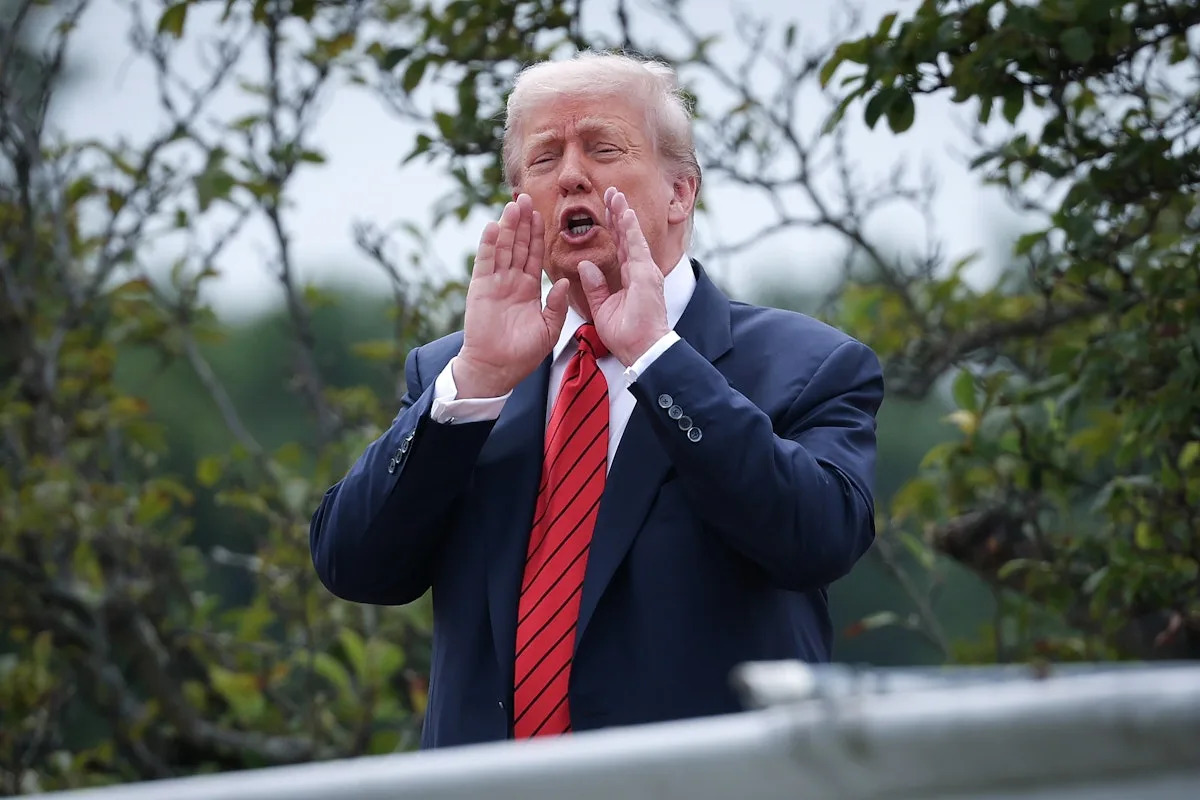
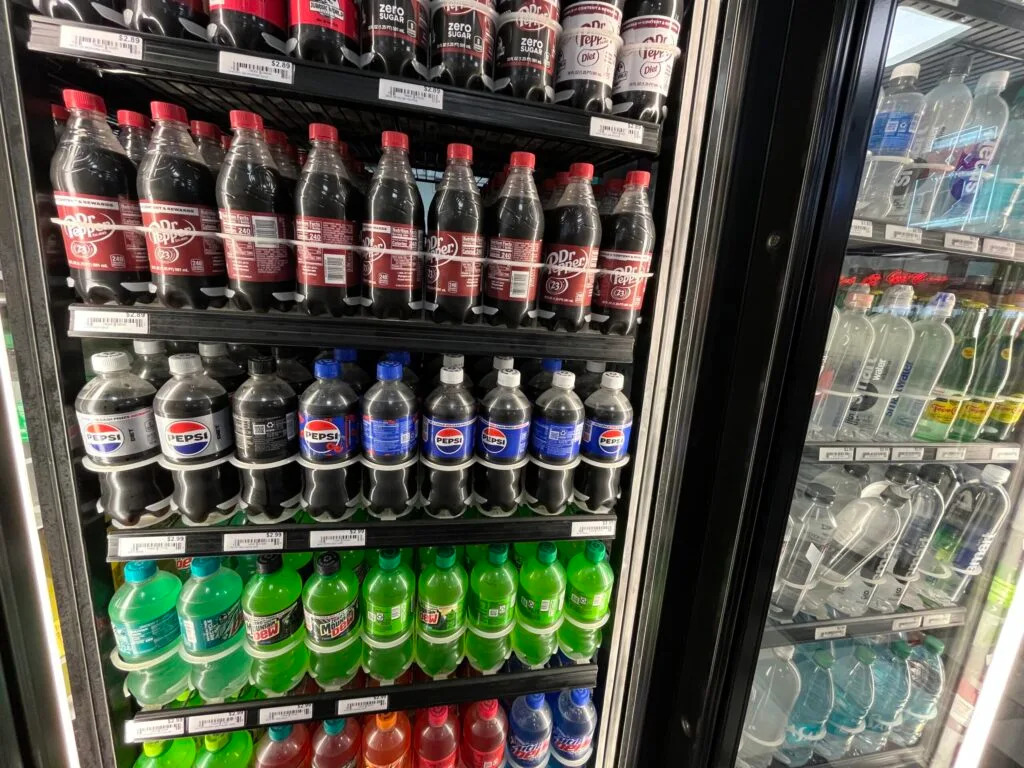

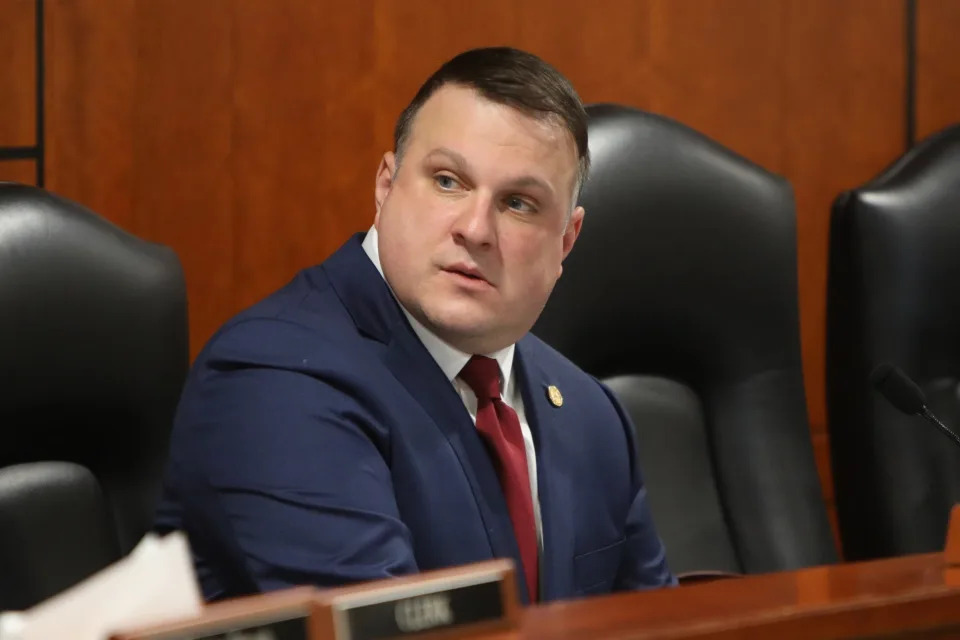
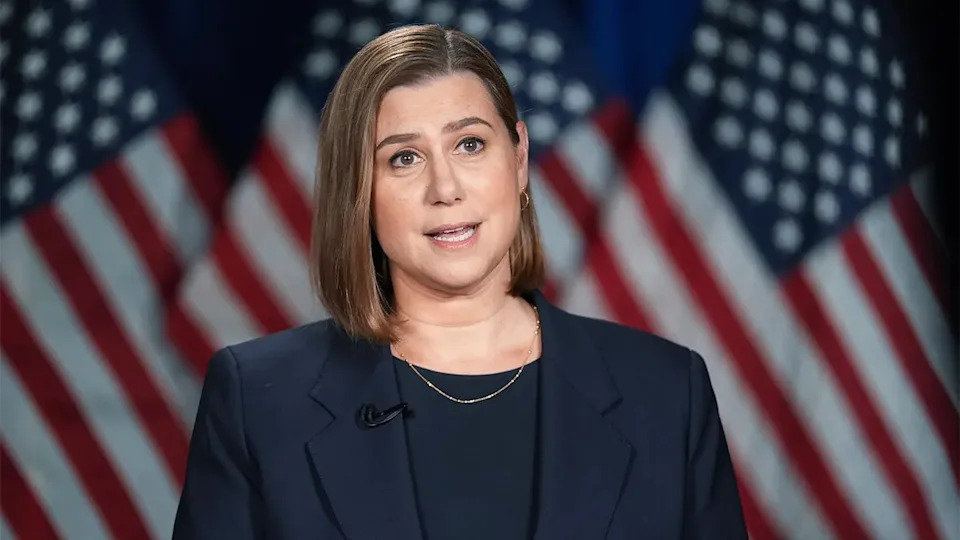
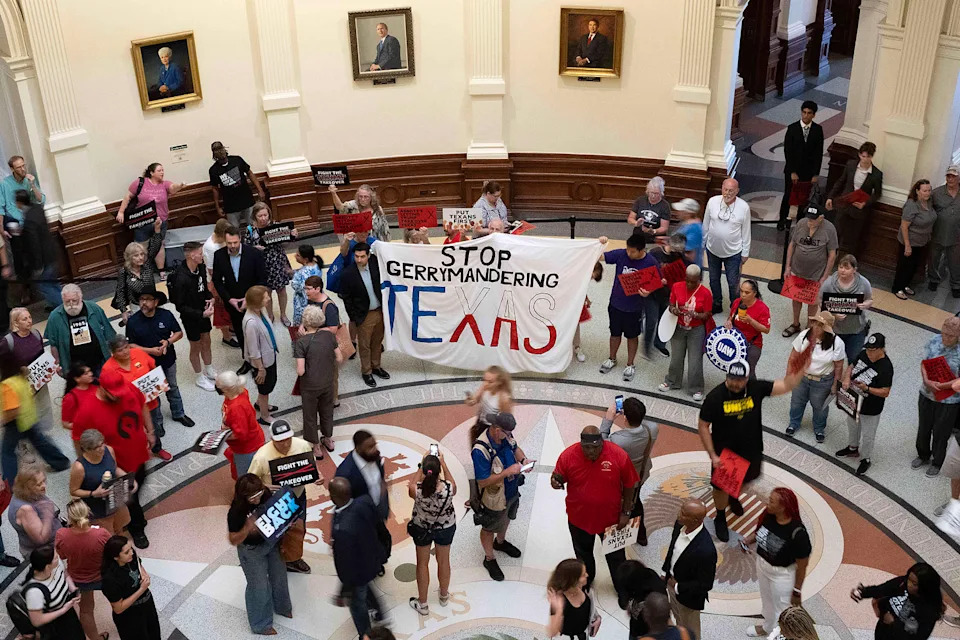

Comments